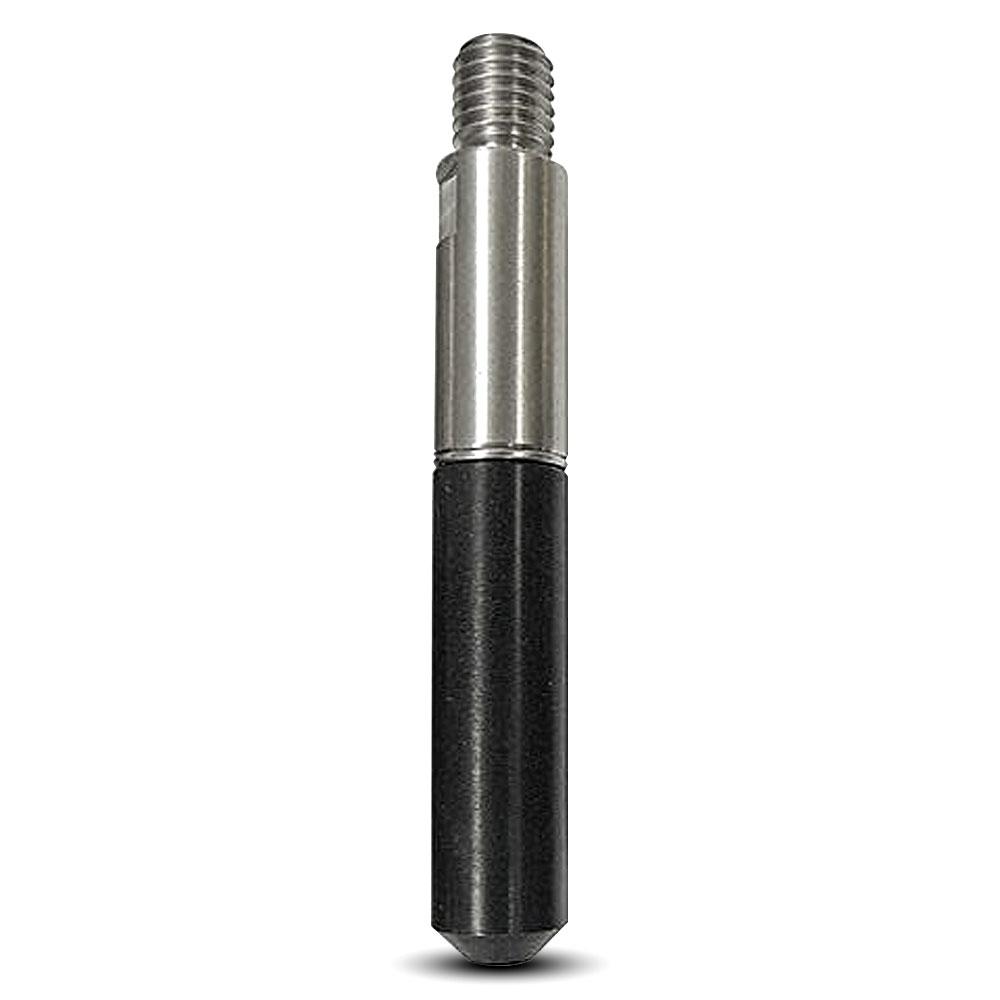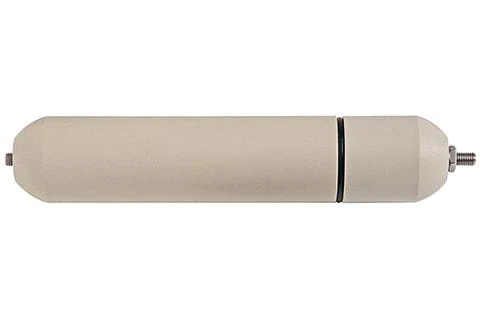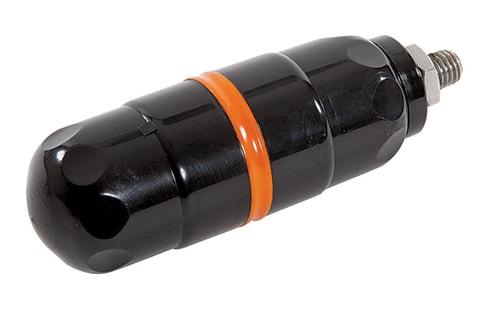Sonde Mode Pipe and Cable Utility Locating Knowledge
Sonde mode involves a small transmitter (sonde) that is attached to a rod or placed inside a non-metallic pipe.
The sonde emits a signal that can be detected from the surface, allowing for the precise location of the sonde and, consequently, the utility it is within or attached to.
This method is especially useful for tracing non-metallic pipes or for providing an exact location for utilities where other methods may be less effective. Sondes act as there own transmitter and doesn't require grounding.
Sonde mode locators are used to locate the position of a small, self-contained transmitter called a "sonde." These sondes are inserted into pipes or other utilities, and the locator can pinpoint their exact location.
They are often used for sewer and drain pipe locating.
 Utility Locating Technology Comparison Questions and Answers
Utility Locating Technology Comparison Questions and Answers
Sonde Transmitter and Locator Technology Q&A Overview.
Can find ferrous objects? Yes
Can find non-ferrous objects? Yes
Works in silty soil? Yes
Works in clayey soil? Possible
Works in organic soil? Yes
Works in sandy soil? Yes
Min frequency (KHz): 0.5
Available frequencies: Locator Specific, 0.5, 0.8, 51, other popular brand individual sonde ranges are 512Hz, 8kHz and 33kHz.
Max frequency (KHz): 51kHz
Effort, training for data interpretation: Low/Med, manufacture training, online course, in-person field training recommended.
Relative cost: Low/Medium ($900-$1500)
Max depth: 5m-15m
Specific Applications: Detecting depths of 5-15m utilities with access for a sonde.
Specific Utilities that can be located: sewers, drains, conduits, ventilation ducts and pipes.
 Sonde Utility Locating Knowledge Quiz
Sonde Utility Locating Knowledge Quiz

Click the link to take you to a google form quiz. 




